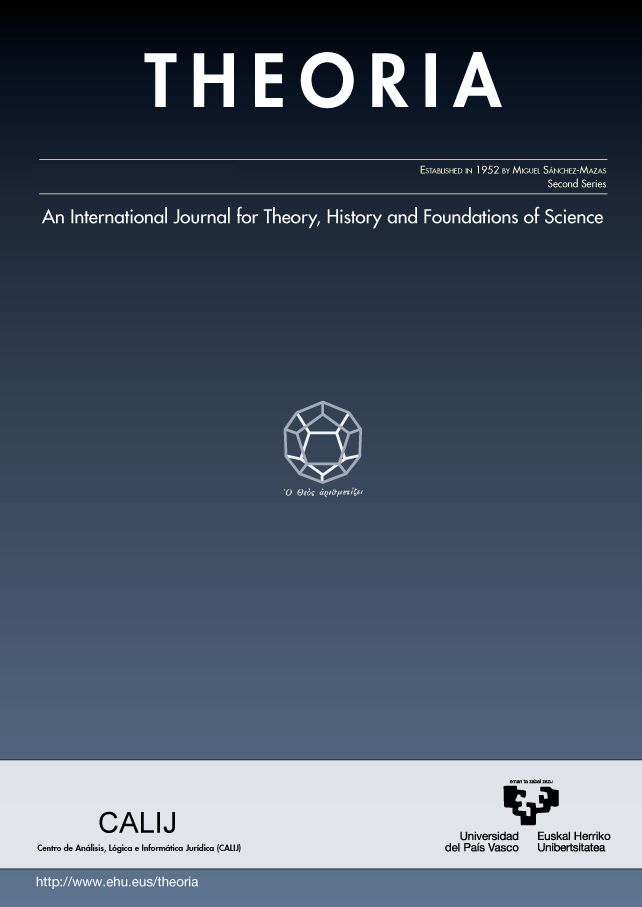Flagpoles anyone? Causal and explanatory asymmetries
##plugins.themes.bootstrap3.article.main##
##plugins.themes.bootstrap3.article.sidebar##
Published
05-10-2020
James Woodward
Abstract
This paper discusses some procedures developed in recent work in machine learning for inferring causal direction from observational data. The role of independence and invariance assumptions is emphasized. Several familiar examples including Hempel’s flagpole problem are explored in the light of these ideas. The framework is then applied to problems having to do with explanatory direction in non-causal explanation.
How to Cite
Woodward, J. (2020). Flagpoles anyone? Causal and explanatory asymmetries. THEORIA. An International Journal for Theory, History and Foundations of Science, 37(1), 7–52. https://doi.org/10.1387/theoria.21921
##plugins.themes.bootstrap3.article.details##
Keywords
causal asymmetry, direction of causation, direction of explanation, invariance, independence, machine learning
Section
MONOGRAPHIC SECTION

This work is licensed under a Creative Commons Attribution-NonCommercial-NoDerivatives 4.0 International License.
Authors retain copyright and grant the journal right of first publication with the work simultaneously licensed under a Creative Commons License.

